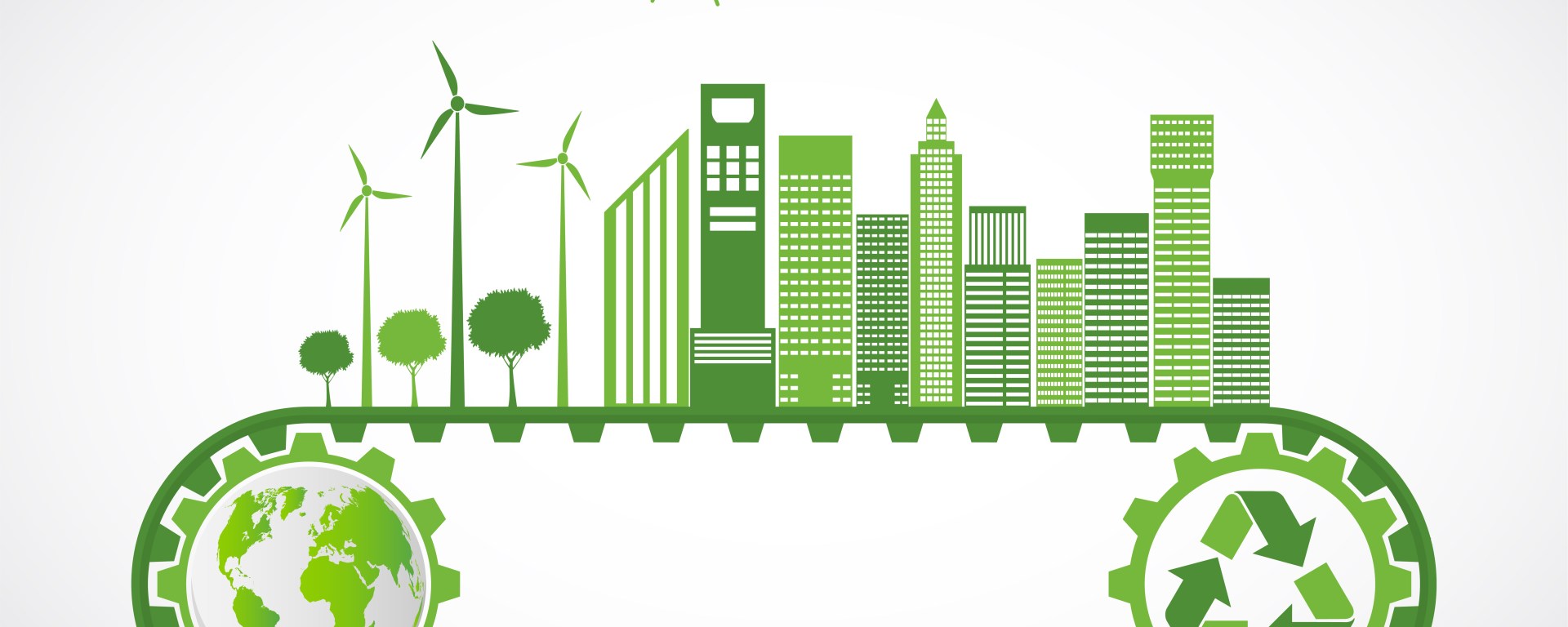Bioenergy is a form of energy derived from biomass, the organic material found in plants. The photosynthesis process helps the plants absorb biomass that contains carbon.
The energy produced by the use of biomass releases carbon during the combustion process, and it returns simply to the atmosphere. It results in modern bioenergy with near-zero-emission fuel.
As per the IEA reports, the largest source of renewable energy available globally is modern bioenergy. It accounts for 55% of renewable energy and over 6% of the global energy supply. Net Zero emissions will see an increase in the use of bioenergy to replace fossil fuels by 2050.
By 7%, the use of modern energy saw a rise per year from 2010 to 2021, and it is still showing an increasing trend.
However, more work is needed to accelerate the pace of modern bioenergy production with the Net Zero Scenario while ensuring that there are no negative social and environmental consequences.
The global investment in biomass and waste energy in 2015 was 10.3 billion US dollars; in 2016, it was 13.6 billion US dollars; in 2017, it was 5.7 billion US dollars; and in 2018, it was 9.3 billion US dollars.
An important pillar of decarbonization in the energy transition is bioenergy as a near-zero-emission fuel. It is one of the most flexible fuels available on the market in terms of its context and sector. It can be generated from solid bioenergy and biogases and used to generate electricity or heat in the home. It can be used as liquid biofuels in automobiles, ships, and airplanes in industrial plants.
Also, it can be taken as an advantage in existing infrastructure where biomethane can be used in existing natural gas pipelines and end-user equipment.
To achieve the Net Zero Scenario, the following bioenergy applications must be used by 2030:
- By 2030, more than 7% of all aviation fuel will be made up of biojet kerosene, up from almost nothing in 2021.
- The consumption of liquid biofuel, mostly for road transportation, quadruples from 2.1 mboe/d in 2021 to nearly 8 mboe/d in 2030.
- The use of bioenergy has increased substantially, from supplying a little over 11 EJ of energy in 2021 to over 17 EJ in 2030, mostly in the cement, pulp and paper, and light industry.
- In electricity generation, bioenergy is used massively to provide dispatchable, low-emission power to complement generation from variable renewables. Its consumption nearly doubled from approximately 750 TWh in 2021 to approximately 1350 TWh in 2030.
- A negative emission is created by capturing and storing bioenergy emissions, which are already carbon neutral. It also plays a critical role. In 2021, bioenergy with carbon capture and storage captured and stored almost 2 MT of CO2, and it increased to 250 MT in 2030.
In 2030, the total global bioenergy used is under the “net zero” scenario, which is about 20% higher than in 2021, although this is quite misleading.
Source: IEA

